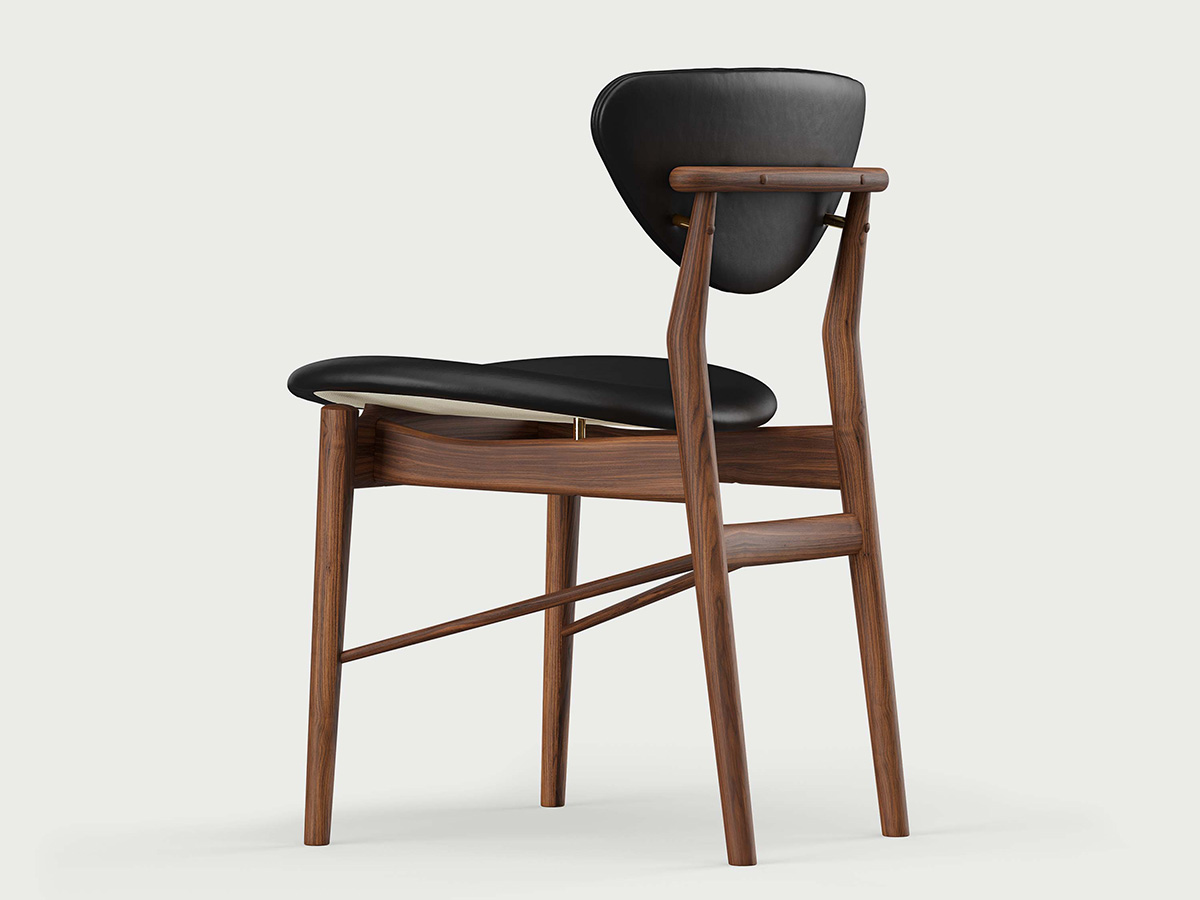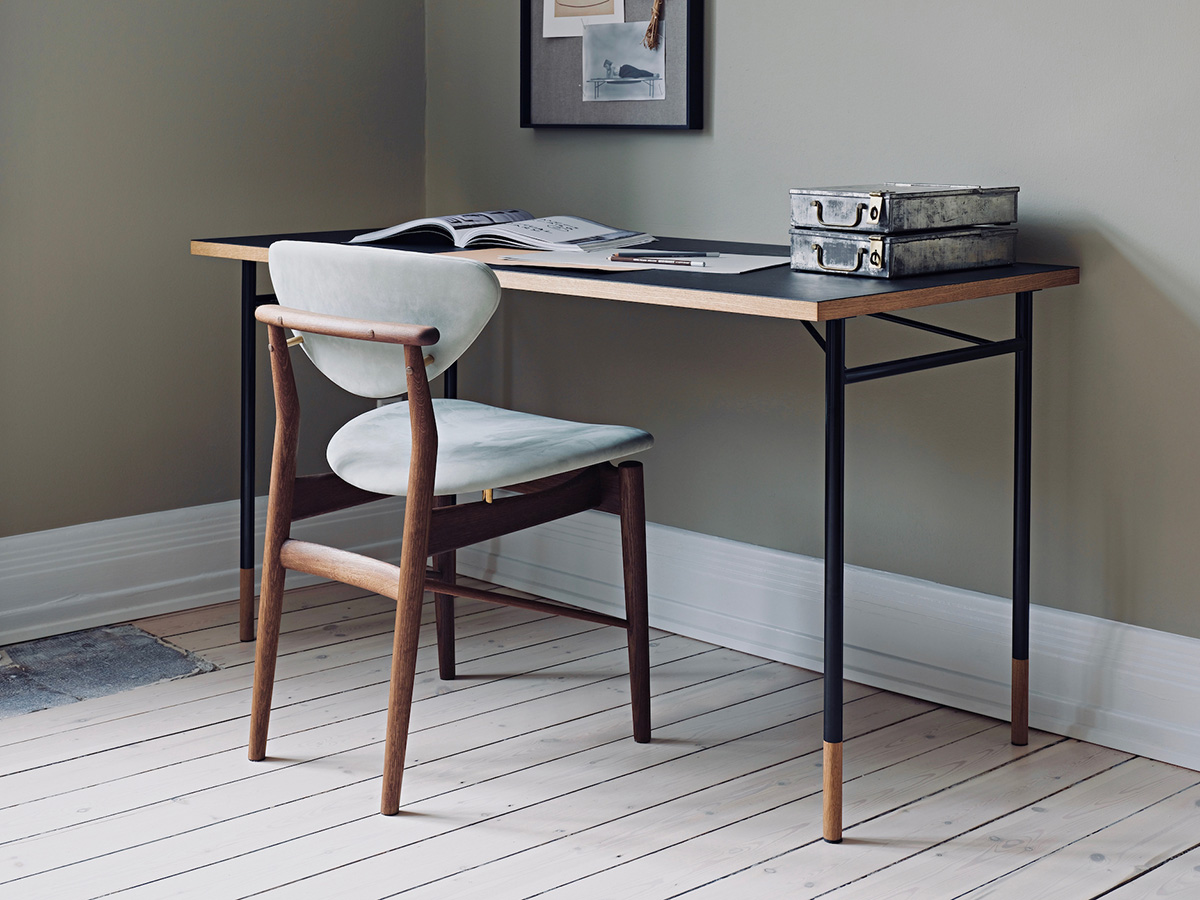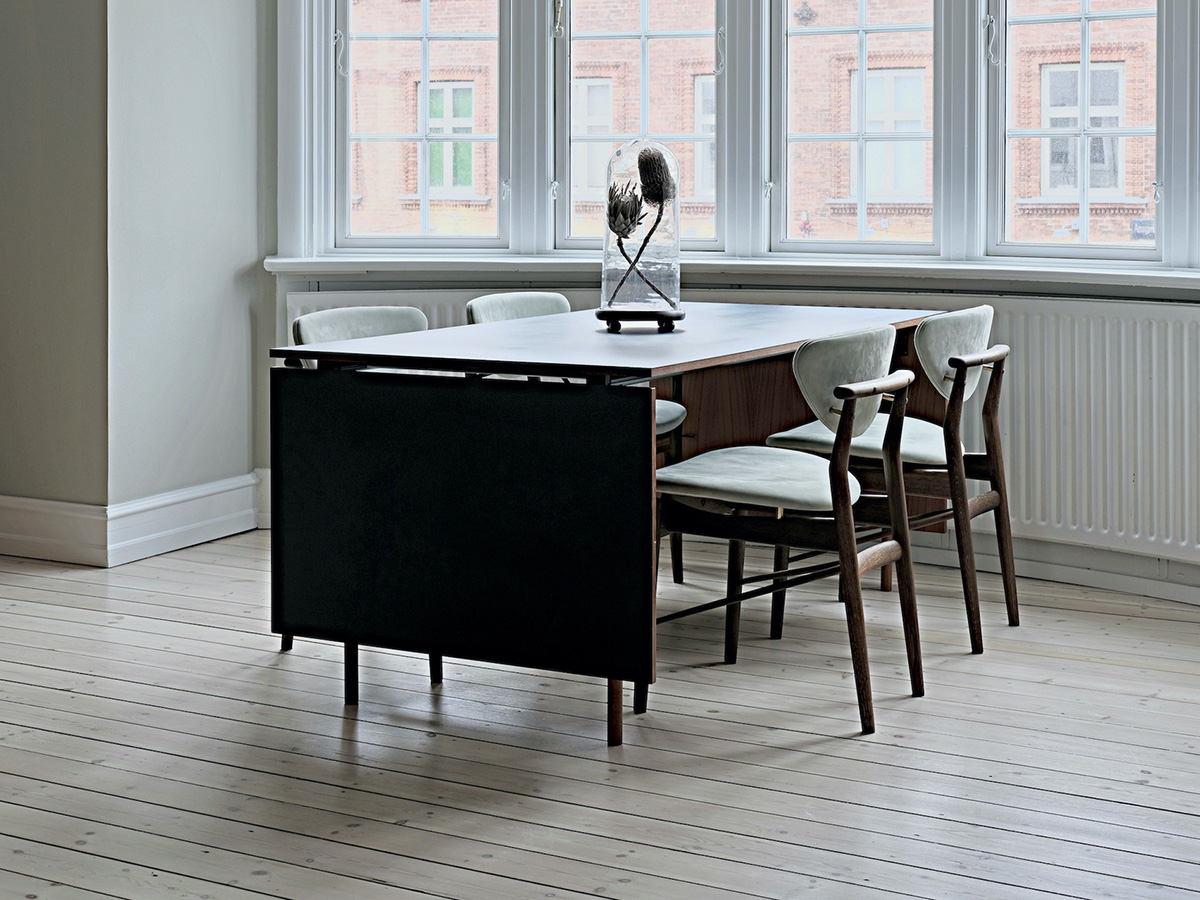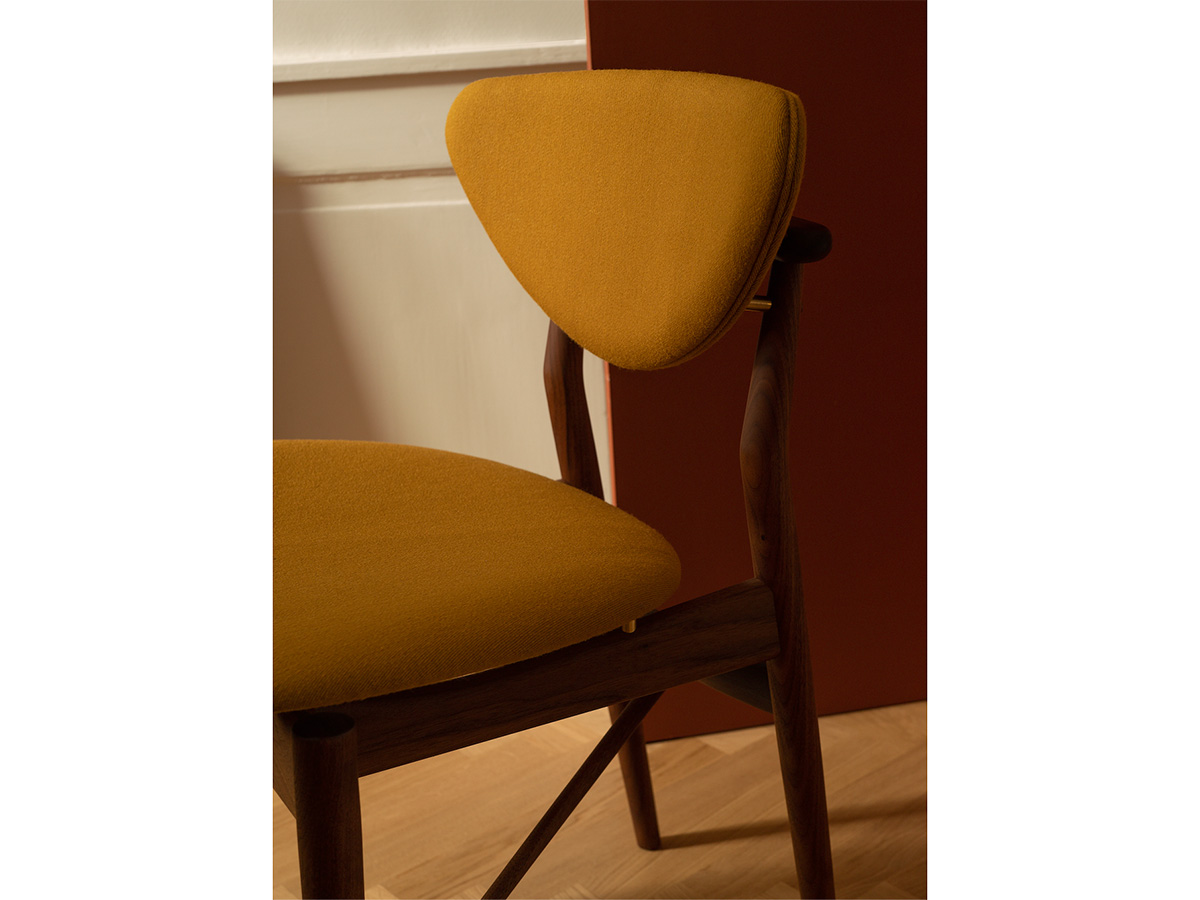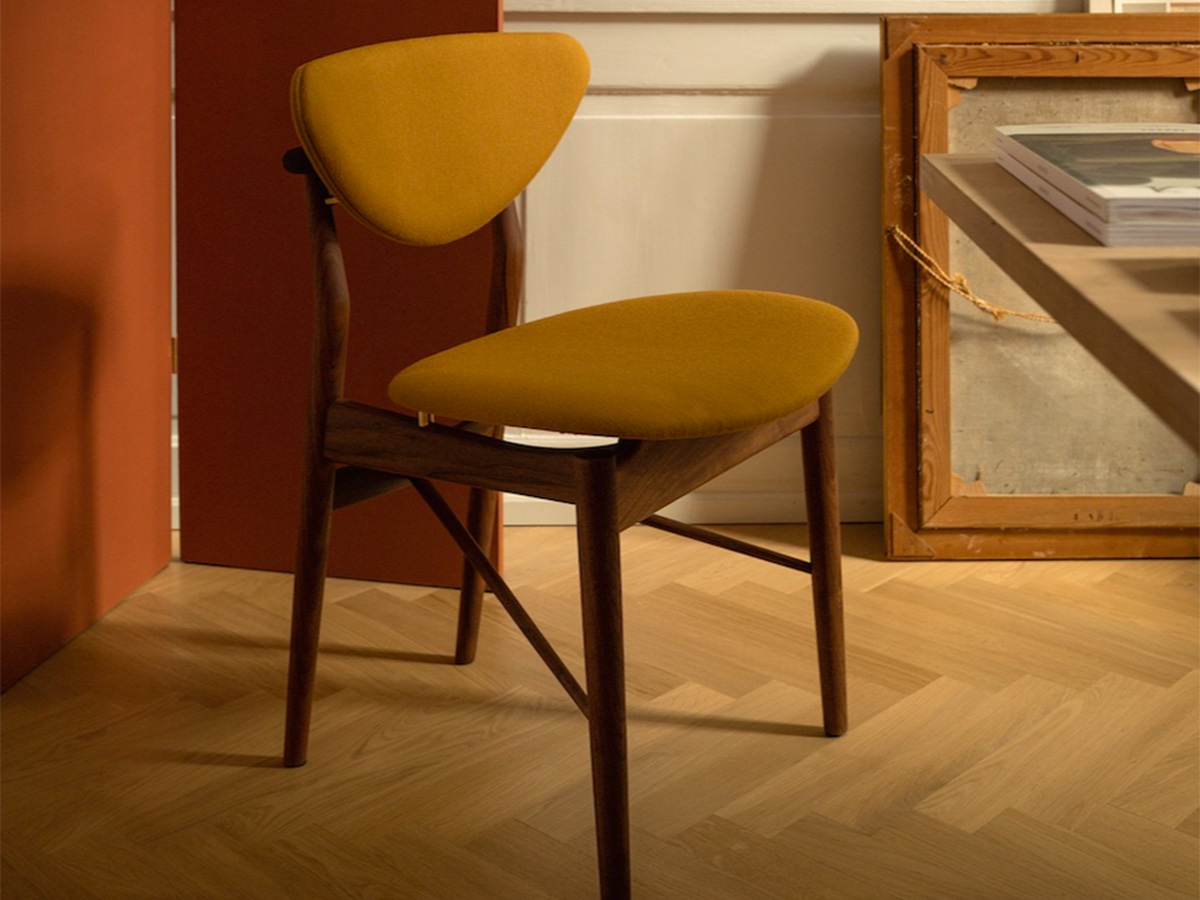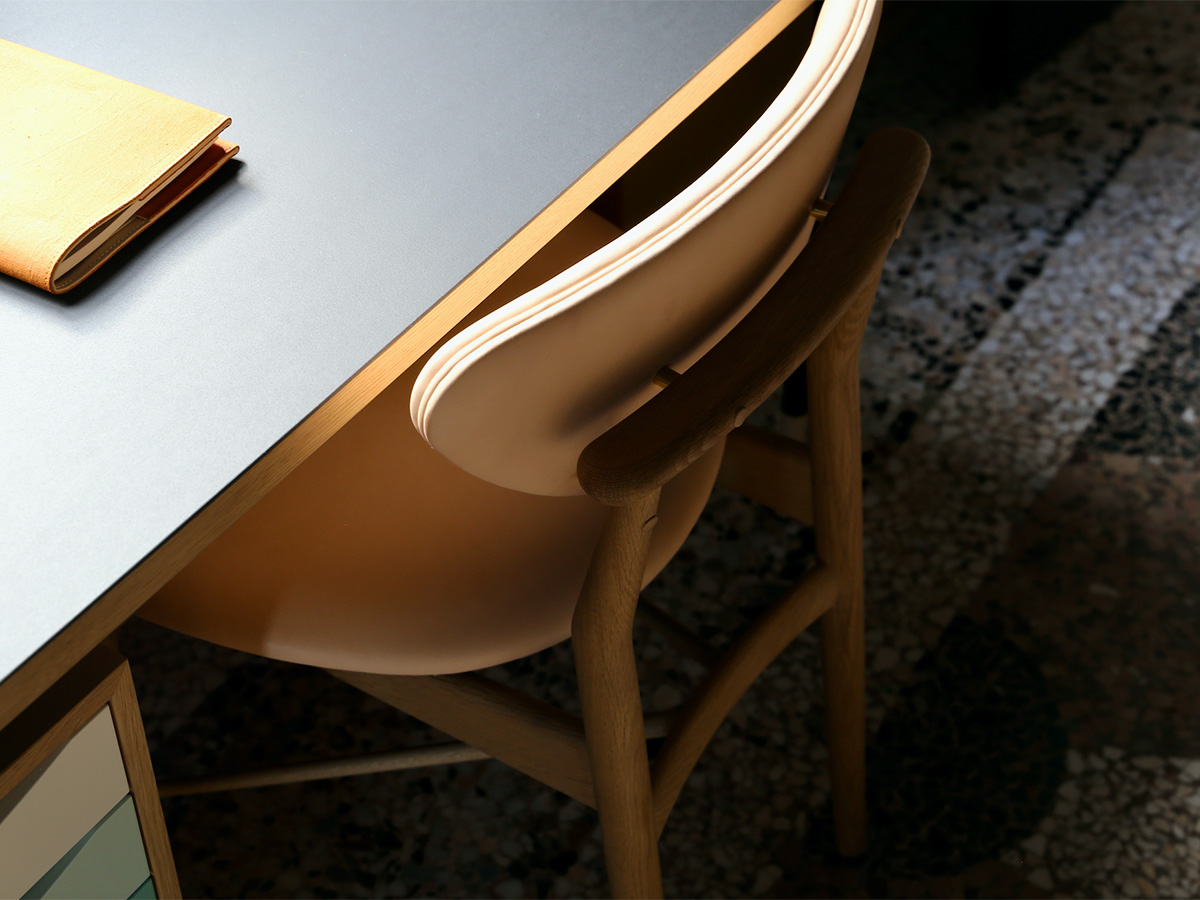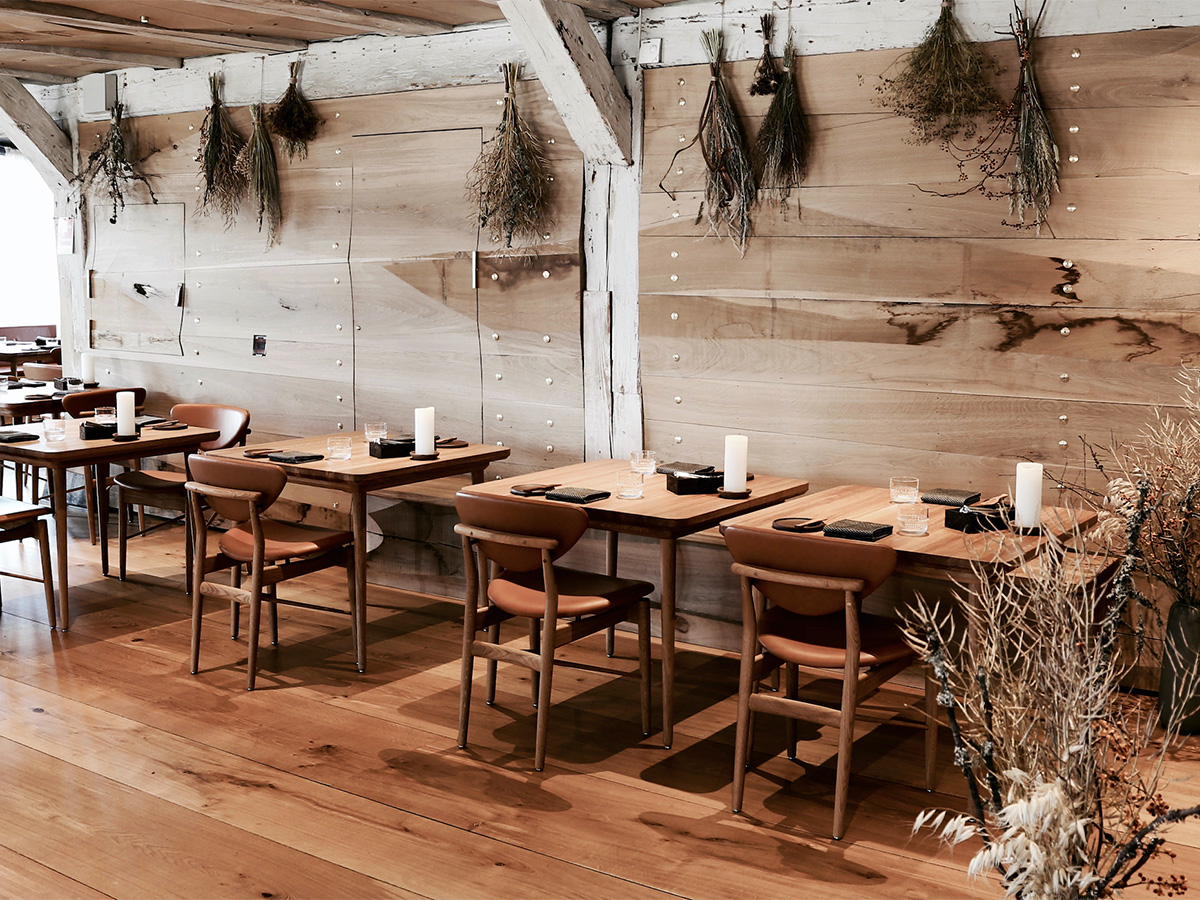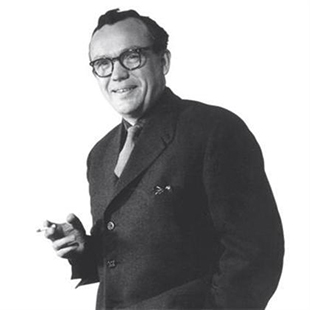House of Finn Juhl
108 Chair
Price starting from € 1.668,00*
*Price valid for the version with upholstery in fabric cat. 1 - frame in oak (cod. FJ 1080).
The House of Finn Juhl's 108 chair is a great example of fine mid-century Danish modernism. The secret of its charm lies in the details: angles and curves of the legs and support elements are carefully studied in unusual shapes, difficult to work, which give the chair a surprisingly modern dynamic and organic look. The 108 chair is a piece of fine cabinetry, a sophisticated seat for true connoisseurs, a great classic of Danish design since its launch in 1946. The seat and back are made up of two distinct elements and can be upholstered in both leather and fabric.
W.51 x D.46 x H.75 cm
Seat Height 45 cm
Salvioni Design Solutions delivers all around the world. The assembly service is also available by our teams of specialized workers.
Each product is tailor-made for the personal taste and indications of the customer in a customized finish and that is why the production time may vary according to the chosen product.
To discover the full range of services available, visit our delivery page.
Personalize your request
Upholstery
Select
Frame
Select
Select
House of Finn Juhl is a company with ancient origins whose history begins in 1912 precisely with the figure of Finn Juhl, its greatest source of inspiration to whom it owes all its collections. After a brilliant course of study at the Danish Academy of Architecture, Fin Juhl made his debut in the world of interior design at the Cabinetmakers' Guild Exhibition with his Grasshopper chair, immediately placed at the center of attention for its shapes inspired by the animal world. In 1940 Finn Juhl still stands out for the Pelican Chair and the Pelican Table, two pieces destined to become design icons together with the Poet sofa and the Bone Chair, characteristic works of the sector destined to mark time and still dominate the scene today with own inimitable personalities.Read more
Designed by
Finn Juhl
Finn Juhl (1912-1989) is one of the greatest exponents of the Danish school of design. A cultured and refined figure, he was the great dandy of Scandinavian design of the golden years, with complex creations with organic shapes that deviated from the rationalism prevailing in those years. Characteristics which at the time perhaps precluded him from mass success in his native Denmark, where he was somewhat overshadowed by the more accessible creations of names such as Hans J. Wegner and Børge Mogensen, but which earned him an everlasting reputation as a "trend designer for connoisseurs”, more alive today than ever. Finn Juhl, an architect by training, considered himself a self-taught designer: he had in fact started designing furnishings for his home at the end of the 1930s, then having them made by the cabinetmaker Arne Vodder with whom he formed a strong partnership. The thin padding and complex curves of the wood of his creations (partly inspired by the contemporary sculptures of Hans Arp and Alexander Calder, next to which Juhl loved to display his armchairs) long made the mass production of his furniture difficult. The first to try were the Americans, a country in which Finn Juhl found great fame starting in the 1950s: his creations produced by Baker Furniture today reach dizzying prices on the vintage market. To date, the only official producer of his furnishings is House of Finn Juhl, a brand that has carried out a meticulous action of rediscovering and cataloging his works. As an architect Finn Juhl instead worked for eleven years in Vilhelm Lauritzen's studio, from 1934 to 1945, dealing mainly with interior architecture. He then founded his own studio in Copenhagen in 1945, with which he designed among other things the interior of the Trusteeship Council Chamber at the UN headquarters in New York.
Read more

